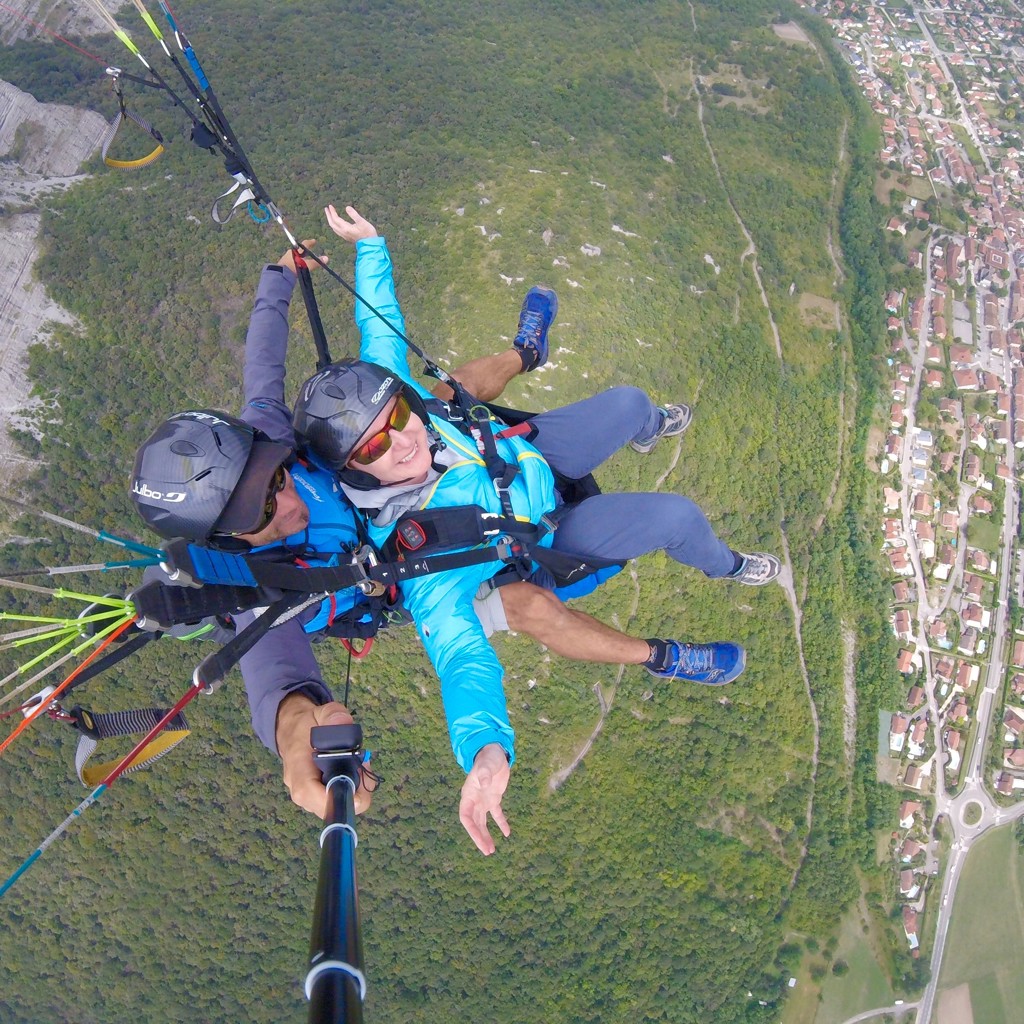Síle Nic Chormaic
Okinawa Inst of Science & Technology, JapanFor contributions to fundamental understanding and applications of optical nanofibers, nanofiber-mediated interactions with cold atoms, whispering gallery resonator cavities, and microparticle trapping.

In Japan, at the Okinawa Institute of Science and Technology, Síle Nic Chormaic has a fortunate arrangement that allows her to pursue "blue sky research," which essentially allows her the freedom to explore her interests with funding not associated or dependent upon a specific project. This enables her and her team to do cutting-edge research that other groups cannot due to their high-risk nature. Though trained in atomic physics, she now works with three foci: atoms interactions with optical nanofibers, whispering gallery mode resonators, and optical trapping. These fields have high potential, and she is invigorated by the challenge.
Often, she and her team strive to find simple solutions rather than overly complex ones, and in this way, they can show that many things are possible. She notes that her field is experiencing a lot of hype as quantum research crosses from purely theoretical research into having real-world applications and possibilities. She comments, "there is very much a change of focus of where people are going, and there is now a huge industry starting up around quantum. Maybe it is pure hype, but the fact that maybe some of these quantum behaviors and atomic systems can be harnessed to improve things somewhere is very exciting."
A significant turning point in Síle's career came about when she got her first university teaching opportunity. She had completed three postdoc positions, and it was time to move into a more professional role. The offer she received was questionable: it had no funding and was not at a research-intensive university. Her advisor at the time, Theodore Haensch, encouraged her that, "If you're good and if you're allowed to supervise graduate students, then you will make it.” She took his advice, and after three years of hard work, she received a large research grant from the Science Foundation Ireland. This success gave her confidence in a research career.
Síle has found that flexibility is the key to her success. From an early age, she was encouraged to move abroad to pursue her PhD training, and since she has worked in France, Ireland, Germany, Austria, United Kingdom, Australia, and now Japan. She comments that she "was happy to live in any country, as long as the science was good…your job takes up most of your time anyway, so as long as your job is good, then you can move wherever." Throughout her career, she has enjoyed moving around the world and learning new languages and cultures. She encourages young scientists to be as flexible as possible and cautions against insisting on staying in any particular area, "especially if you want to have the job you want." She also emphasizes the importance of networking, and she offers some advice to get started: "You just need to find like-minded people and then build more of a friendship with them than a professional network." By fostering a more casual relationship from the beginning, it can not only bring you closer, but it takes some of the pressure off. Finally, she advises that there is no replacement for hard work and self-motivation.
Outside of her professional career, Síle enjoys being active, flying, and exploring new places. She recently went paragliding for the first time, and over the last year and a half, she has run around the entire circumference of Okinawa. Her love of adventure and curiosity are apparent, both in her off time and at work. Her personal and professional worlds collide on social media, where she can connect with physicists worldwide and contribute to social issues, like equity for women and minorities. As her audience has grown, she has recently realized an opportunity to reach young female scientists and was contacted by a recent graduate from India thanking her for engaging. She comments, "Now I try to use my social media to influence and encourage young girls and women so they can see how you can have a life while being a scientist."
Photo Credit: Síle Nic Chormaic
